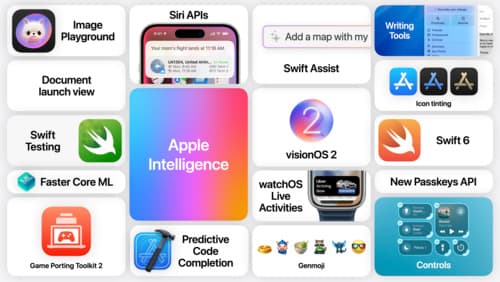what's spatial computing?
Asked on 2024-07-30
1 search
Spatial computing refers to the technology and methods used to create and interact with digital content in a three-dimensional space. It leverages frameworks like SwiftUI, RealityKit, and ARKit to develop applications that provide rich spatial experiences, taking full advantage of depth and space. This is particularly relevant for Vision Pro and visionOS, which allow for spatial multitasking and immersive interactions with 3D objects and scenes.
For example, in the Platforms State of the Union, it is mentioned that spatial computing provides incredible opportunities for apps, allowing developers to create richer spatial experiences. VisionOS is built on the foundation of macOS, iOS, and iPadOS, and uses common tools and frameworks across these platforms, making it easier for developers to create spatial computing apps.
Additionally, the session Optimize for the spatial web discusses how spatial computing in visionOS involves natural input using eyes, hands, and voice, and how it supports immersive visual and audio content, including spatial photos and 3D models.
Here is a list of relevant sessions mentioned in the context:
- Platforms State of the Union
- Optimize for the spatial web
- Build compelling spatial photo and video experiences
- Build a spatial drawing app with RealityKit

Platforms State of the Union 5-Minute Recap
Watch a quick recap of the newest advancements on Apple platforms.

Platforms State of the Union
Discover the newest advancements on Apple platforms.

Optimize for the spatial web
Discover how to make the most of visionOS capabilities on the web. Explore recent updates like improvements to selection highlighting, and the ability to present spatial photos and panorama images in fullscreen. Learn to take advantage of existing web standards for dictation and text-to-speech with WebSpeech, spatial soundscapes with WebAudio, and immersive experiences with WebXR.
